If you’ve ever found yourself without a partner for a game of ping-pong, you might be excited to hear that technology has come to the rescue. Imagine having a robot that can rally with you, challenge your skills, and help you improve your game—all without needing a human opponent.
This is no longer a pipe dream; thanks to advancements in robotics, it’s becoming a reality. Google’s DeepMind Robotics team has developed a table tennis robot that not only competes but also learns and adapts, making it an interesting player in the world of sports technology.
GET SECURITY ALERTS, EXPERT TIPS – SIGN UP FOR KURT’S NEWSLETTER – THE CYBERGUY REPORT HERE
DeepMind’s table tennis robot
Google’s DeepMind Robotics team recently made headlines with their development of a table tennis robot capable of playing at a “solidly amateur human level.” In their paper titled “Achieving Human Level Competitive Robot Table Tennis,” the researchers describe their robot’s performance against human opponents.
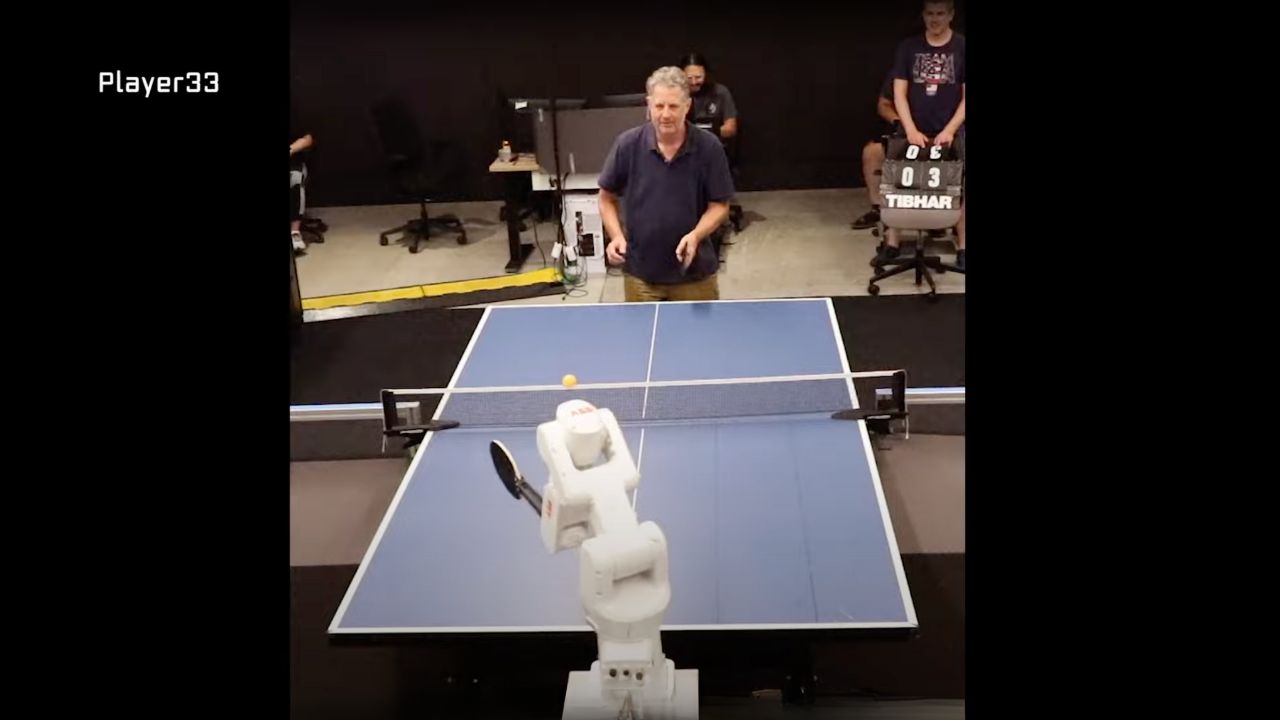
Credit: DeepMind Robotics
The robot managed to win all matches against beginner players and secured victory in 55% of games against intermediate players. However, it struggled against advanced players, losing every match. Overall, the robot won 45% of the 29 games it played.
TRY CYBERGUY’S NEW GAMES (CROSSWORDS, WORDSEARCHES, TRIVIA AND MORE!)
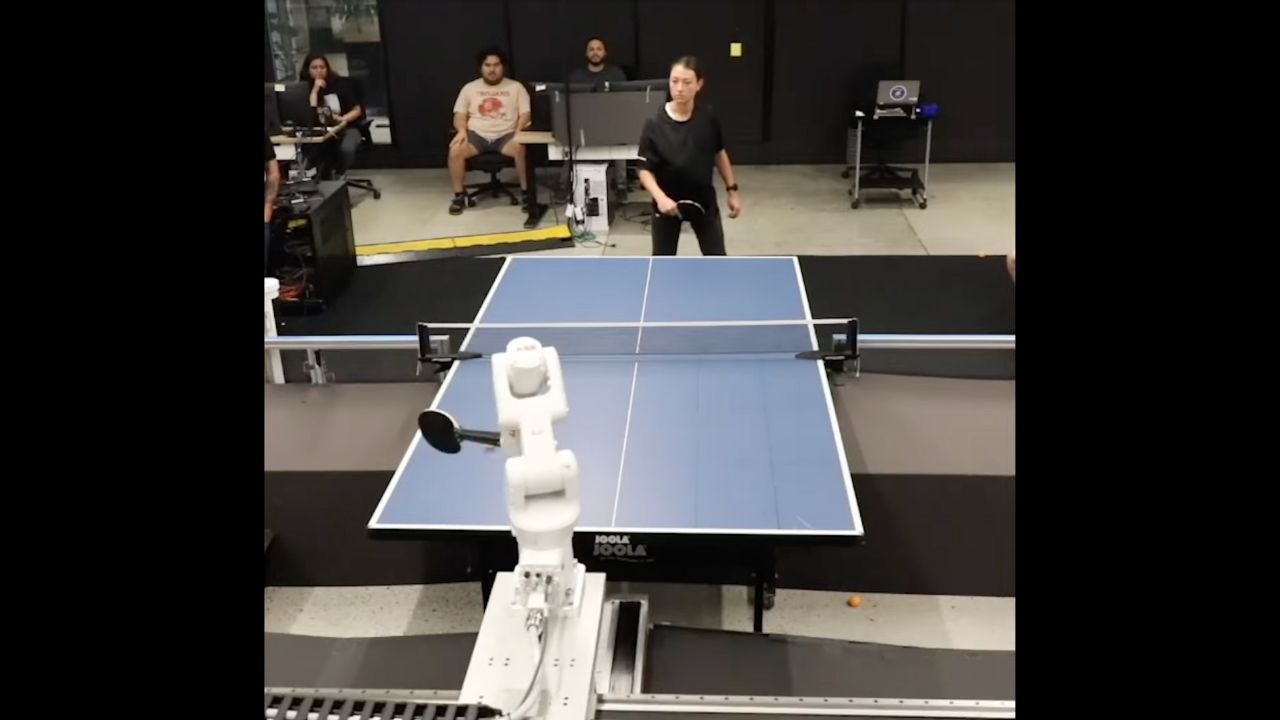
Credit: DeepMind Robotics
HUMANOID ROBOT GETS TO WORK IN BMW ASSEMBLY PLANT
How the table tennis robot works
The table tennis robot is built with a clever system that helps it decide which moves to make during a game. Think of it as having two levels of decision-making: the low-level controllers and the high-level controllers. The low-level controllers handle specific skills like forehand topspin or backhand targeting, similar to how a player might practice different shots. Meanwhile, the high-level controller acts like a coach, choosing which skill to use based on the situation in the game and what it knows about its opponent.
One of the coolest things about this robot is its ability to adapt in real time. It keeps track of how well each skill works and adjusts its strategy on the fly. As it plays, it learns more about its opponent’s strengths and weaknesses, allowing it to refine its approach and become a better competitor.
Before hitting the real table, the robot trains in a virtual world. This is where it practices and learns without any risk. Once it’s ready, it transitions smoothly to playing real matches. This process of moving from simulation to reality helps it improve its skills over time, making it more effective with each game.
The robot’s performance is constantly evaluated through matches against human players. Feedback from these games helps it get even better. This advanced system not only makes the robot a tough opponent but also a fun and engaging practice partner for players of all levels.
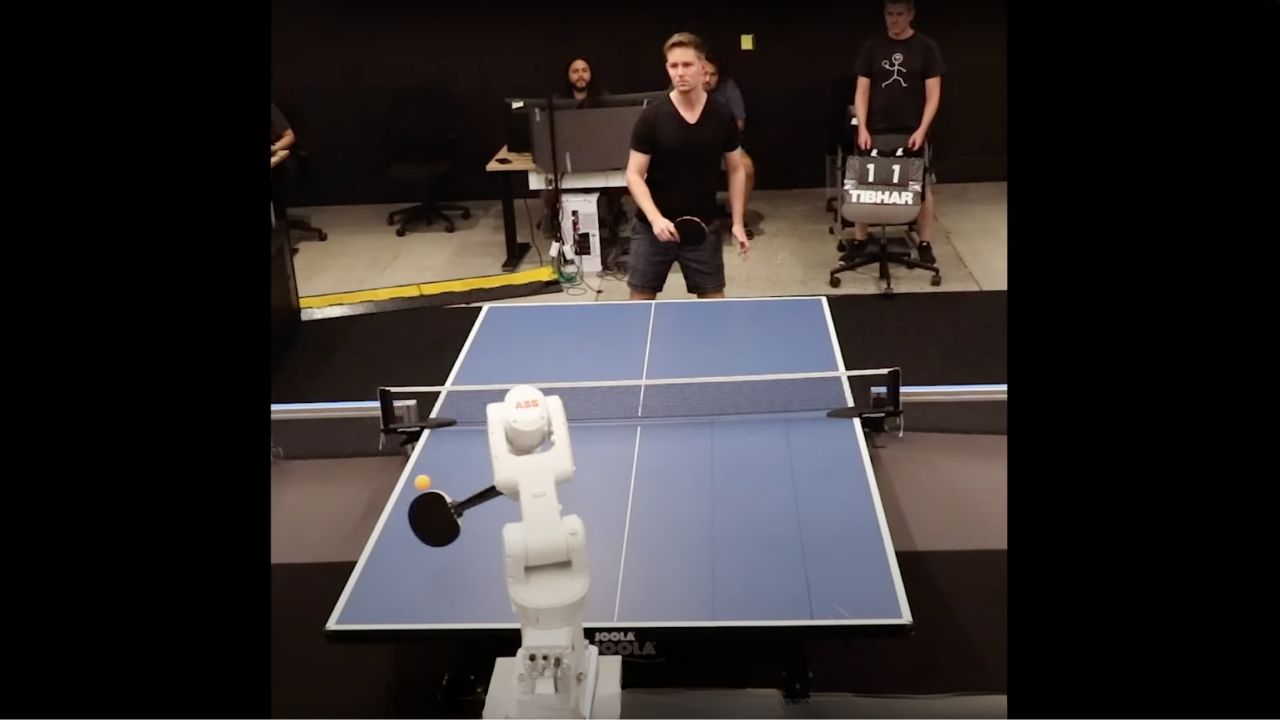
Credit: DeepMind Robotics
CARMEN: THE ROBOT COMPANION CAN HELP BOOST YOUR MEMORY AND COGNITION
Challenges for the table tennis robot
Despite its successes, the robot faces significant challenges, particularly in reacting to fastballs. DeepMind attributes these difficulties to system latency, mandatory resets between shots, and insufficient data.
To overcome these hurdles, the researchers are exploring advanced control algorithms and hardware optimizations, such as predictive models for ball trajectories and faster communication protocols between sensors and actuators.
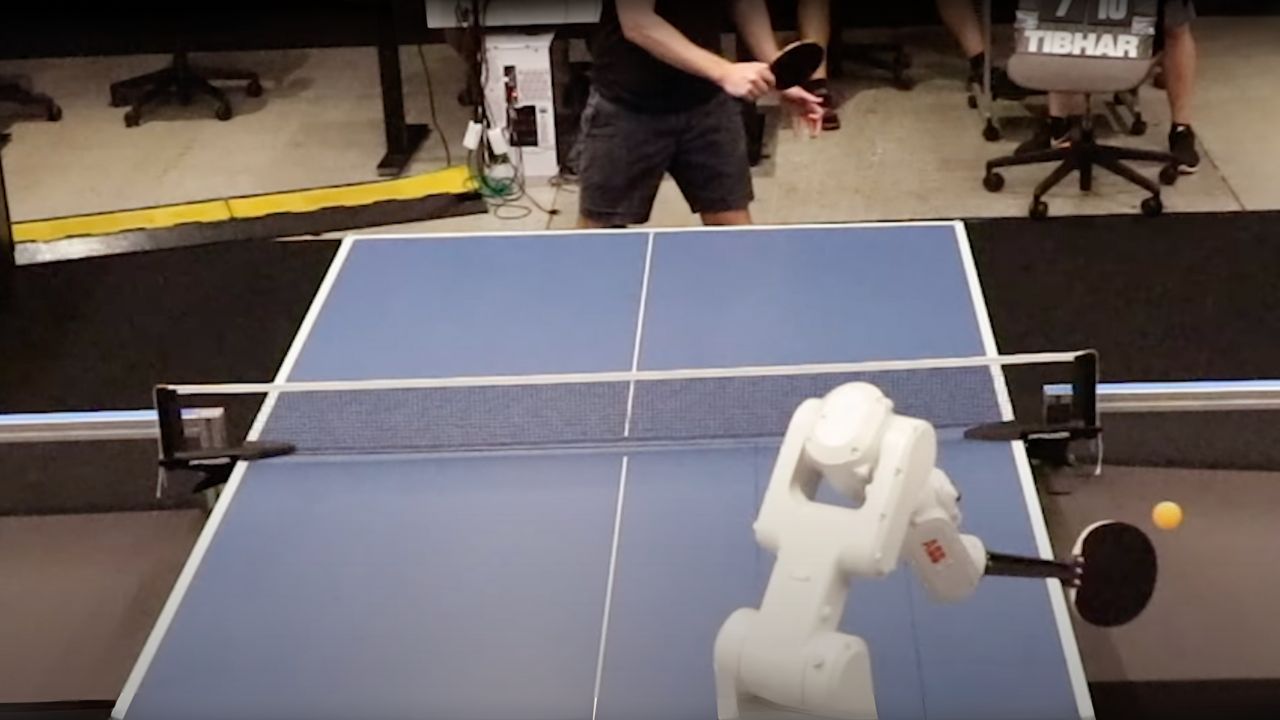
Credit: DeepMind Robotics
SCIENTISTS CREATE CREEPY LIFELIKE FACES WITH REAL HUMAN SKIN FOR ROBOTS
Beyond table tennis
The implications of this research extend beyond the confines of table tennis. DeepMind highlights the potential of their robot’s policy architecture, simulation use, and real-time strategy adaptation to influence robotics in broader contexts. The ultimate goal is to achieve human-level performance in various real-world tasks, paving the way for robots capable of interacting safely and skillfully with humans.
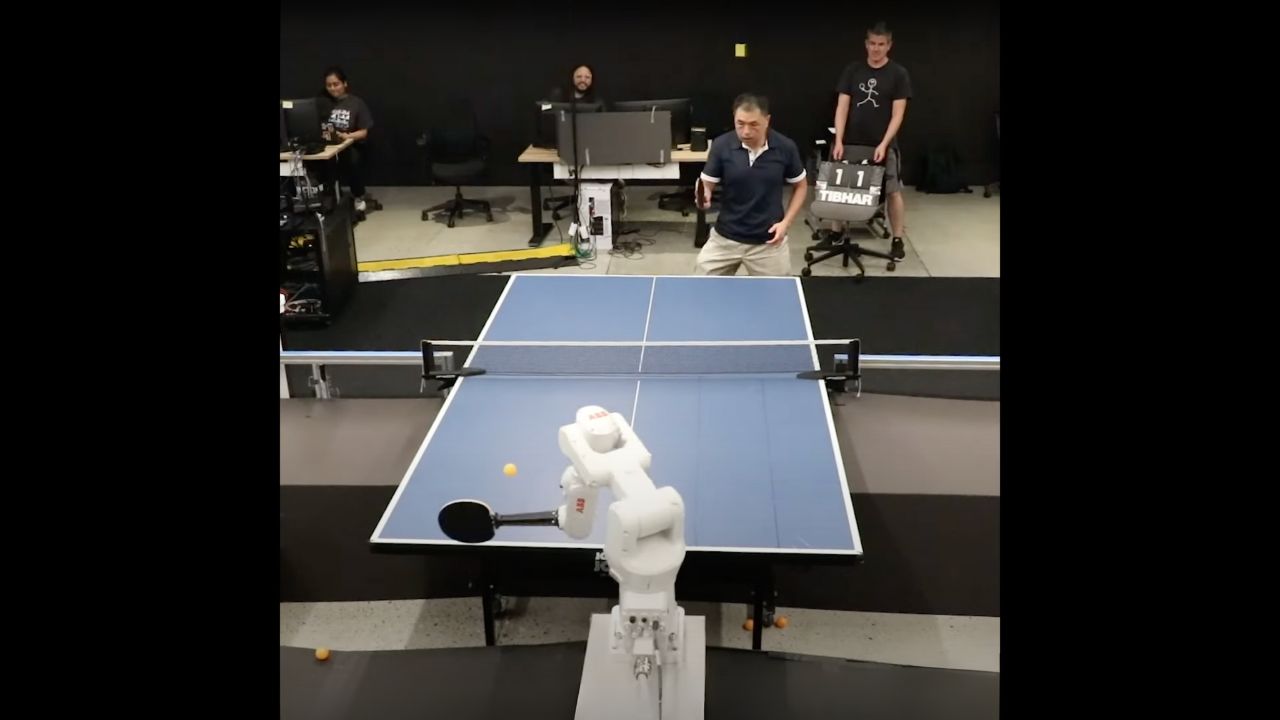
Credit: DeepMind Robotics
Kurt’s key takeaways
DeepMind’s table tennis robot demonstrates the potential for machines to engage in complex human activities. While there are still challenges to address, such as improving reaction times and handling diverse ball spins, the progress made so far is promising. As technology advances, we can expect robots to become even more adept at performing a wide range of tasks, making them valuable companions in both recreational and practical settings in our lives.
Would you feel comfortable playing a game of table tennis against a robot that learns and adapts to your moves, or does the idea of competing against AI in sports turn you off? Let us know in the comments below.
FOR MORE OF MY TIPS, SUBSCRIBE TO MY FREE CYBERGUY REPORT NEWSLETTER HERE



1 comment
Where can this ping pong robot be bought and how much does it cost?